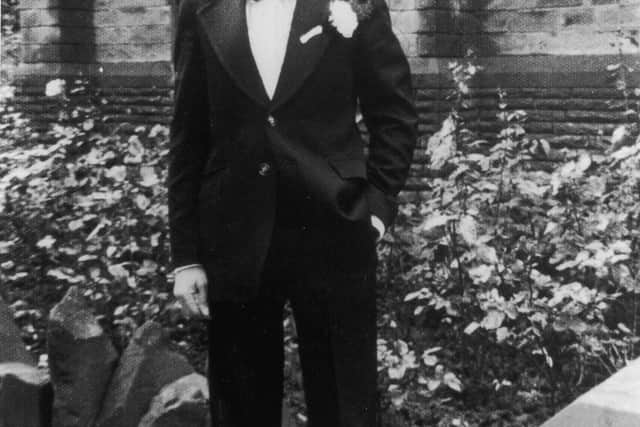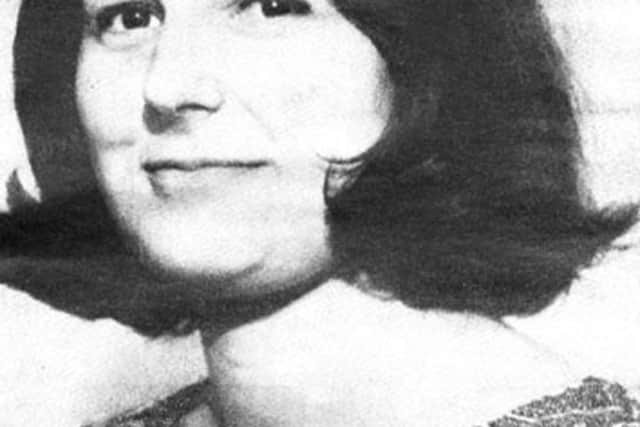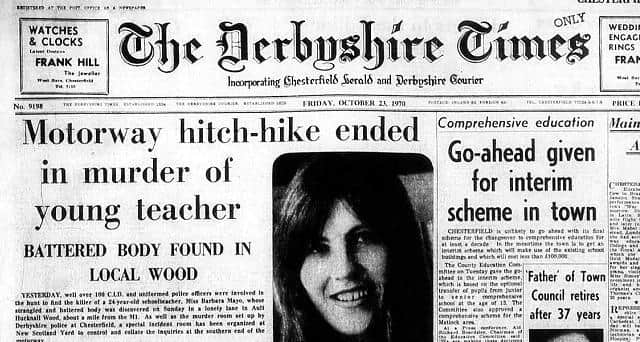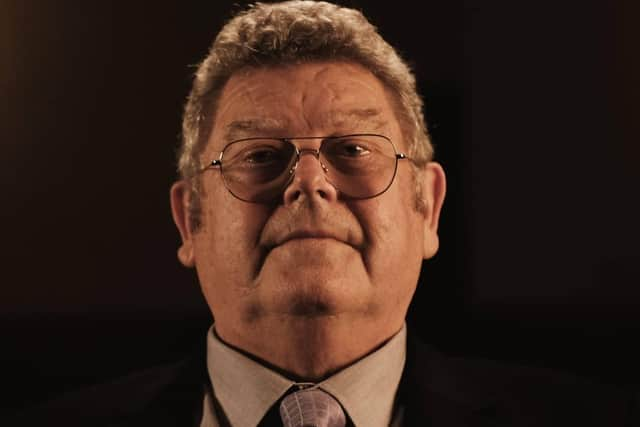Former detective questions Derbyshire police over DNA sample found on murdered Barbara Mayo - which 'wrongly ruled out' Yorkshire Ripper Peter Sutcliffe
and live on Freeview channel 276
Barbara, 24, was raped and strangled in Ault Hucknall, near Glapwell, just a mile from Junction 29 of the M1, in 1970.
In 1997 Derbyshire police announced that advances in technology had given them a breakthrough. A sample of human material recovered from a garment Barbara was wearing was said to have given them a DNA 'fingerprint'.
Advertisement
Hide AdAdvertisement
Hide AdAssistant Chief Constable, Don Dovaston, said at the time: "I am satisfied the DNA sample will lead us to the identity of the person responsible for this murder."


As he spoke, 200,000 DNA profiles kept on a national database had already been eliminated in the previous three weeks. Men previously questioned during the inquiry were considered for testing. In the event, no match has ever been found. This DNA finding also eliminated Peter Sutcliffe.
The Ripper was convicted in May 1981 of murdering 13 women and attempting to kill seven others.
But Chris Clark, 77, a former intelligence officer, blames Sutcliffe for the killing of Barbara Mayo.
Advertisement
Hide AdAdvertisement
Hide AdAnother possible victim is Wendy Sewell, 32, who was beaten to death and sexually assaulted in Bakewell Cemetery in 1973.


Mr Clark thinks Sutcliffe was wrongly ruled out because of unreliable DNA evidence.
He said: "It became quite clear to me that Barbara's clothing had been taken out of it's bag, cleaned and handled by a number of people before being worn by a woman for the reconstruction, this was then replaced in its bag for a further 26 years before Derbyshire Police tested it."
Last month Mr Clark submitted a Freedom Of Information Request to Derbyshire Police asking them to explain how the DNA crime stain was found on the exhibit clothing of the murder victim when there was a reconstruction using Barbara's actual clothing worn by a police officer during January 1971 and had clearly been cleaned and handled by a number of people at that time.
Advertisement
Hide AdAdvertisement
Hide AdHowever Derbyshire police has now replied to the request stating they do not hold this information.


Mr Clark said: “Their response simply does not make any sense.
“I am convinced that Sutcliffe was ruled out wrongly.
“What fits is the fingerprint/DNA belongs to an innocent handler of the garment, not the killer.”
Barbara had been trying to hitchhike from Hendon to Catterick to pick up a car from a garage. She had been raped and strangled and was found in a secluded rural location, near to the motorway. She had suffered wounds to the head.


Advertisement
Hide AdAdvertisement
Hide AdMr Clark believes the geography attached to Sutcliffe's private life at the time, the way in which she was killed and how the crime scenes were left, point to him as being responsible.
His book 'Yorkshire Ripper: The Secret Murders' was published June 2015 which included both Barbara and Wendy Sewell’s cases and has been a recent ITV documentary of the same name. He is now writing a new book 'Peter Sutcliffe: The Ultimate UK Investigation' and re covering some cases and with a further eight new cases and accounts from women who had close encounters with Sutcliffe.
A spokesman for Derbyshire police said: “The murder of Barbara Mayo resulted in a significant investigation by the force – and one of the largest man hunts the country had seen at the time. While the identity of the person responsible remains a mystery at this time the force remains committed to finding that person and bringing them to justice.
“So called “cold cases” are reviewed on a rolling basis new information or evidence will of course be reviewed should it be provided to the force.”